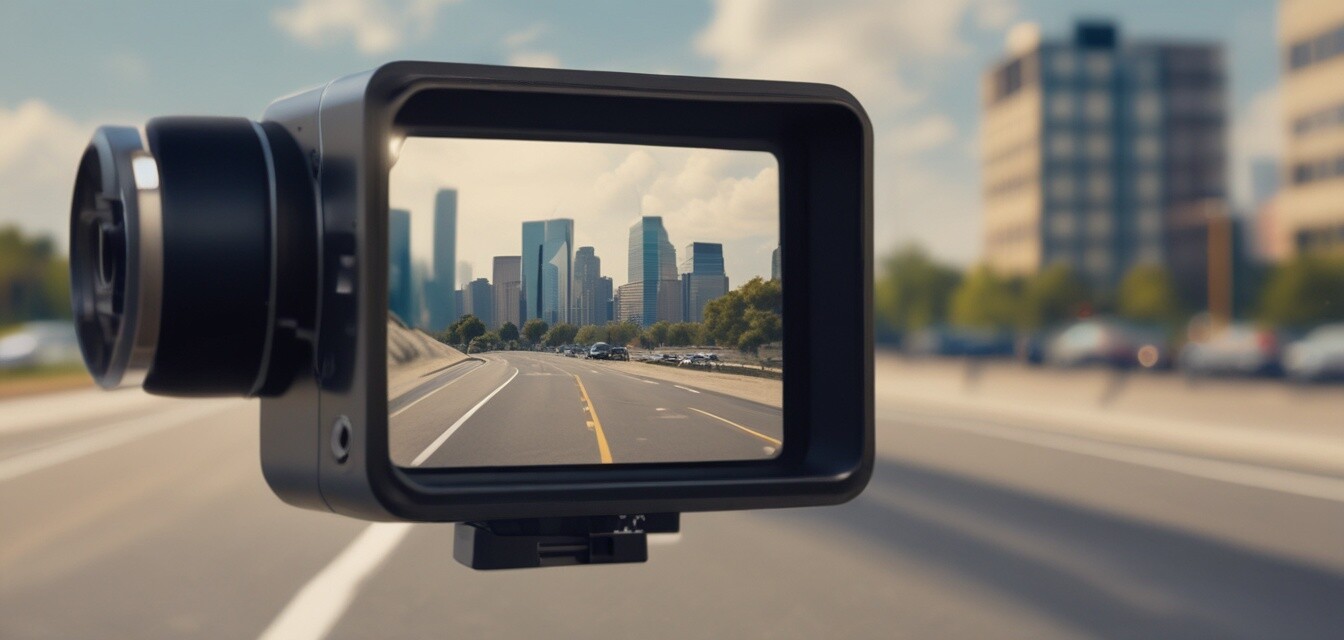
Understanding the role of image sensors in dashcams
- Image sensors are crucial for video quality in dashcams.
- Different types of sensors (CCD vs. CMOS) influence performance.
- Low-light performance is essential for night driving.
- Resolution impacts the clarity of recorded footage.
- Choose a sensor that aligns with your driving needs.
When it comes to dashboard cameras (dashcams), the image sensor plays a pivotal role in determining video quality. Understanding how different types of image sensors work and their impact on footage can help drivers make informed decisions when selecting a dashcam. This article will delve into the roles and characteristics of image sensors found in dashcams, providing you with a clear understanding of why these components are essential.
What are image sensors?
Image sensors are devices that convert optical images into electronic signals. They are a critical component of cameras, including dashcams, as they capture the light that enters through the lens and turn it into a video image. The two main types of image sensors are CCD (Charge-Coupled Device) and CMOS (Complementary Metal-Oxide-Semiconductor). Each has its advantages and disadvantages in various conditions.
Types of image sensors
| Type | Advantages | Disadvantages |
|---|---|---|
| CCD | Higher image quality, better low-light performance | More power consumption, costlier |
| CMOS | Lower power consumption, smaller size, cheaper | Lower image quality in low light |
For your reference, the performance qualities differ greatly between CCD and CMOS sensors. If you're keen on understanding which type would best suit your driving logs, don't miss our comprehensive guide on buying guides to dashcams.
How image sensors impact video quality
Video quality in dashcams is predominantly influenced by the following factors associated with image sensors:
- Resolution: The higher the resolution, the clearer the video. Full HD (1080p) and 4K options are common.
- Low-light performance: A sensor's ability to perform well during low light conditions can be critical for nighttime driving.
- Frame rates: Higher frame rates help in smoother video capture, aiding in better clarity during motion.
Understanding resolution
| Resolution | Video clarity | Best for |
|---|---|---|
| 720p | Standard | Day driving |
| 1080p | HD | General use |
| 4K | Ultra HD | High detail and low-light use |
Without adequate resolution, key details such as license plates could be difficult to identify. An excellent way to gain further insight is by exploring our 4K resolution dashcams product category.
Low-light performance
Many incidents occur during nighttime or in poorly lit environments. Therefore, the sensor's performance in low light is paramount. Some sensors are equipped with technologies that allow them to capture clearer images in dim conditions. Dashcams with enhanced low-light capabilities often output better quality footage during these challenging times.
Choosing the right dashcam for your needs
When selecting a dashcam, consider your daily driving conditions:
- Urban driving: Look for sensors that excel in low-light conditions and offer high resolution.
- Long-distance driving: A dashcam with a robust sensor for motion capture and high frame rate works well.
- Heavy traffic: Ensure your dashcam has wide-angle capabilities to capture the surroundings effectively.
To find the best options, visit our section on compact dashcams that fit various driving needs.
Conclusion
Understanding the role of image sensors in dashcams empowers you to make an informed choice when selecting a model that suits your driving habits. The differences between CCD and CMOS sensors can heavily influence video quality. Furthermore, factors such as resolution and low-light performance are critical when evaluating a dashcam.
Overall, prioritize the features that meet your specific driving environment, and enhance your road safety with a suitable dashcam installation.
Pros
- Improved video clarity with higher resolution sensors.
- Better low-light performance and recording.
- Sensor type impacts the overall cost and low light effectiveness.
Cons
- Higher quality sensors can be more expensive.
- Some sensors may consume more power.
- Understanding technical specifications can be overwhelming for beginners.
Tips for beginners
- Start by determining your budget and needs.
- Investigate different types of dashcams and their features.
- Read reviews to gauge user experiences with specific models.
- Consider ease of installation and usage.
- Look out for warranty and customer support options.
